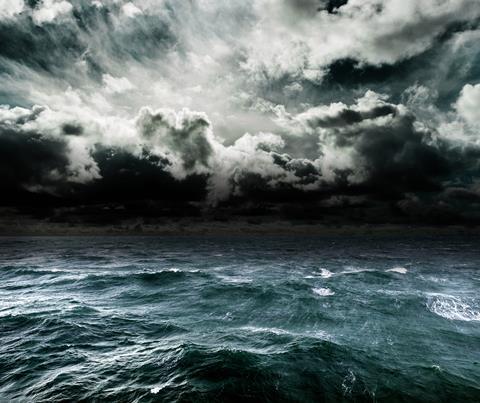Exposure growth is expected to average 7.2%, according to a new report from catastrophe risk data and analytics firm Verisk.

A study from Verisk is reporting that the average annual loss (AAL) from global natural catastrophes has reached a new high of $151bn, with non-crop losses making up $119bn of the bill for insurers and reinsurers.
Verisk’s Extreme Event Solutions business cites exposure growth, impacts from climate change and climate variability and an increasing frequency of catastrophe events as contributors to steady rise in anticipated costs.
Average exposure growth is expected to be 7.2%, Verisk said, including growth in property replacement values from new construction and inflation across modelled countries over the past five years.
These findings are captured in the 2024 Global Modeled Catastrophe Losses Report from Verisk Extreme Event Solutions, used by re/insurance firms to provide catastrophe risk modelling, loss indexes, and analytics to plan for unprecedented climate and geopolitical risks.
The Verisk AAL figure represents a scale of potential loss that can be expected, on average, in any given year.
“While actual annual insured losses over the past five years have been high, averaging $106 billion, they should not be seen as outliers,” said Rob Newbold, president of Verisk Extreme Event Solutions.
“Our models show the insurance industry should be prepared to experience total annual insured losses from natural catastrophes of $151bn on average, and well more than that in large loss years,” Newbold said.
“With this information, (re)insurers can prepare for large loss years and truly own their risk with confidence, so they can be better positioned to manage these challenging years without risking their solvency,” he added.
Climate, inflation, urban expansion
The rise in global insured natural catastrophe losses is being driven by three major factors, Verisk emphasised:
- Rapid urban expansion and exposure growth
- Impacts of climate change and variability
- Increasing frequency of events coupled with economic and social inflation.
More than half of the world’s population lives in urban areas. In fast-growing, developing countries, new cities continue to form while others expand outward, the firm emphasised. In developed countries, urbanisation also contributes to rising exposure levels, and exposure growth within a country varies due to population shifts and increased urbanisation.
The modeled AAL and insured losses are likely to increase over time because of rising property exposure in hazardous areas, Verisk said. In recent years, rapid global inflation has substantially increased property exposure value, which in turn helps drive increases in insured losses.
While price inflation is returning to more normal levels worldwide, exposure growth will likely continue to contribute to rising insured losses, the technology and catastrophe risk modelling firm added.
While climate change is expected to increase the frequency and intensity of extreme weather events, detecting its signal in global losses can be challenging due to natural variability and changes in exposure and inflation, Verisk noted.
Jay Guin, chief research officer, Verisk Extreme Event Solutions, said: “Climate change affects all atmospheric perils, but currently only accounts for approximately one percent of the annual increase in losses. Nonetheless, its influence is expected to become more significant over the next few decades.
“This is a signal that the insurance industry needs to be proactive and utilize advanced, forward-looking models to better estimate risk and guide internal decision-making,” Guin added.
Understanding the climate’s contribution to variability in global insured AAL is another essential factor for accurate risk modelling and management, the firm stressed.
Thunderstorm focus
In 2023, insured losses were driven by an increase in non-hurricane and non-earthquake loss activity, and no single event globally exceeded $10bn in loss, Verisk observed. The US experienced “a record-setting severe thunderstorm season”, with losses contributing more than $57bn to the total insured losses.
For context to the growth in loss from US severe thunderstorms, the adjusted AAL over the past five years is approximately $39bn, up from around $23bn in the previous five-year period.
“The models are developed to instil confidence that the insured risk that is being managed or transferred is well-understood,” Newbold said.
“The output of the models provides trusted insights that help the industry anticipate potential losses and guard against unpleasant surprises in the wake of any catastrophic event.
“Going beyond the standard model output, Verisk has also provided tools to help companies stress-test their portfolios so they can account for the impacts of longer-term climate change,” he added.










No comments yet